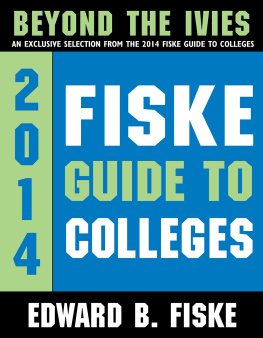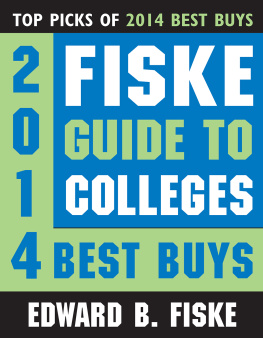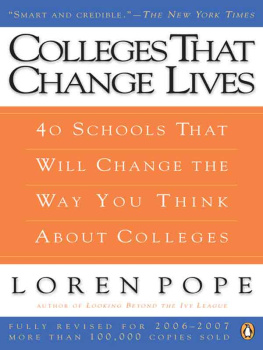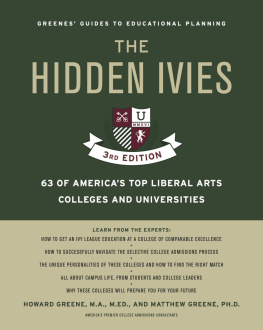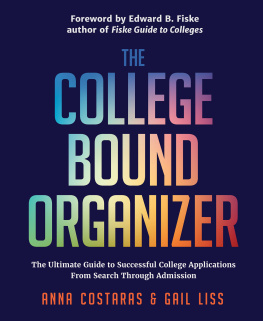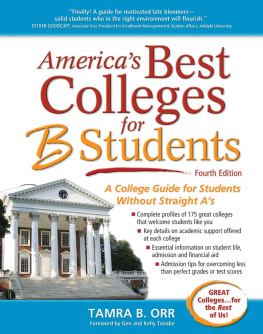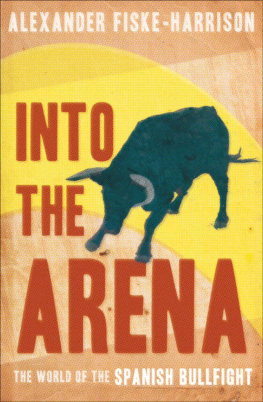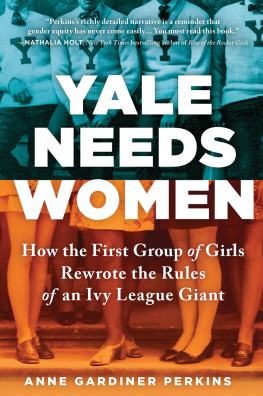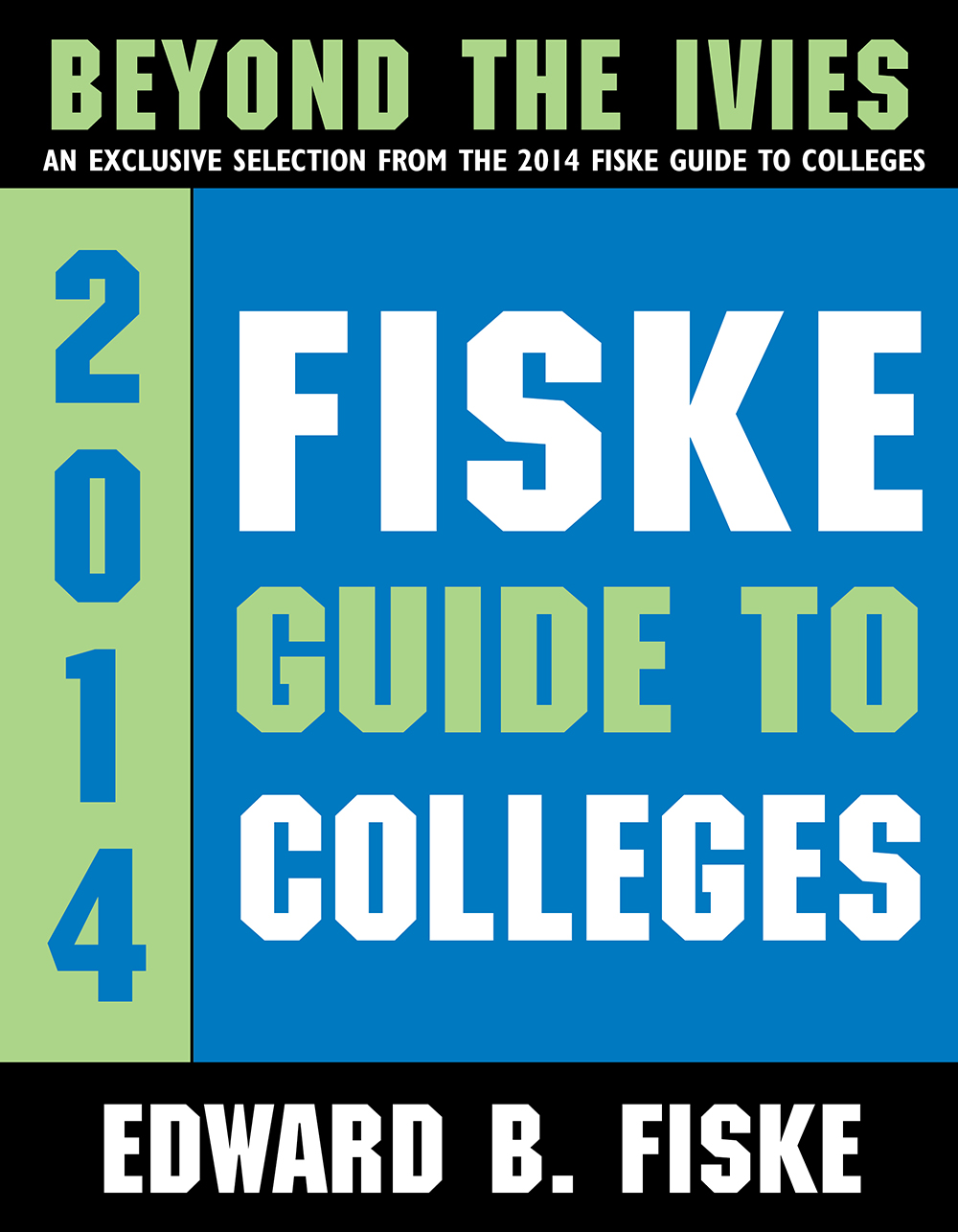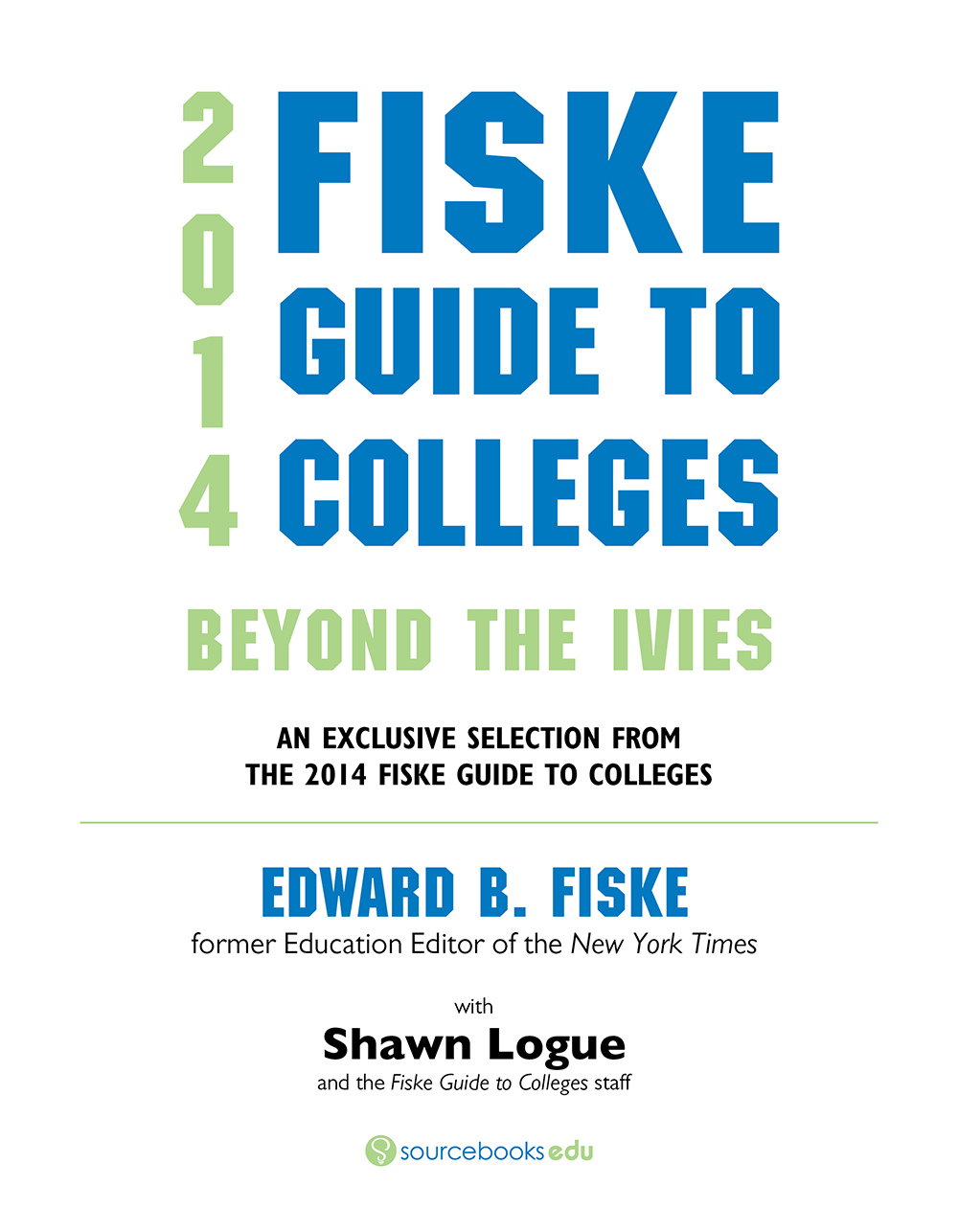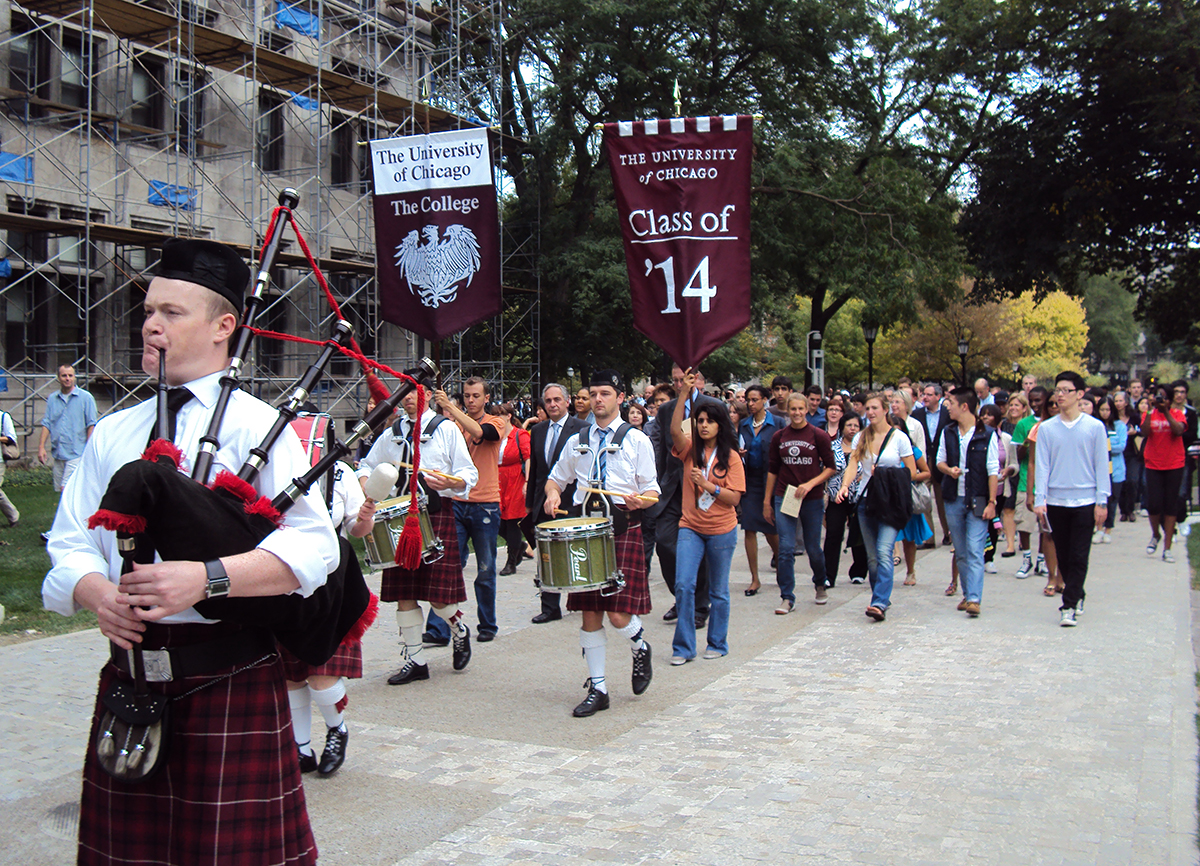Introduction
BEYOND THE IVIES
Diversity is the defining characteristic of U.S. higher education. Whereas students in Europe and most other countries around the world tend to gravitate toward whatever university is in the nearest city, American high school graduates can choose from more than 2,600 four-year colleges. Options range from major urban research universities, some public and some private, to tiny rural liberal arts colleges with boutique missionsand everything in between. Are you looking for a college or university that is all-male, all-female, evangelical, Roman Catholic, Historically Black, focused on engineering, or devoted to preserving the natural environment? Just do a little homework, and youll have a list of schools likely to suit your needs.
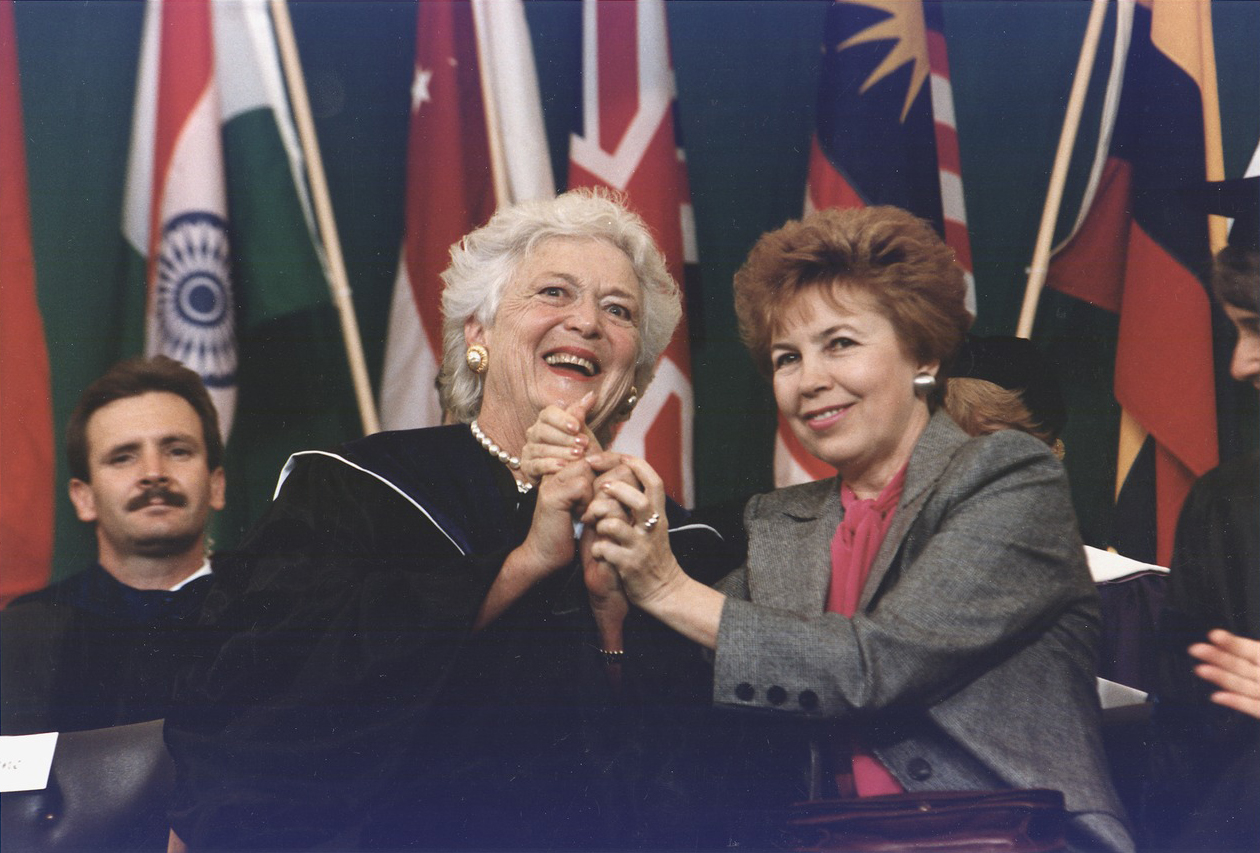
The diversity of U.S. higher education applies to all strata of academic quality, including the highest levels. We tend to think of the eight Ivy League colleges and universities as representing the ultimate in academic excellence, but there is a range of other schools where comparable teaching and learning is delivered in quite different cultural and institutional contexts. Such schools often turn out to be a better fit for lots of super-bright students who might otherwise set their sights only on the Ivies. The 10 alternative Ivies in this eBook fit into this category.
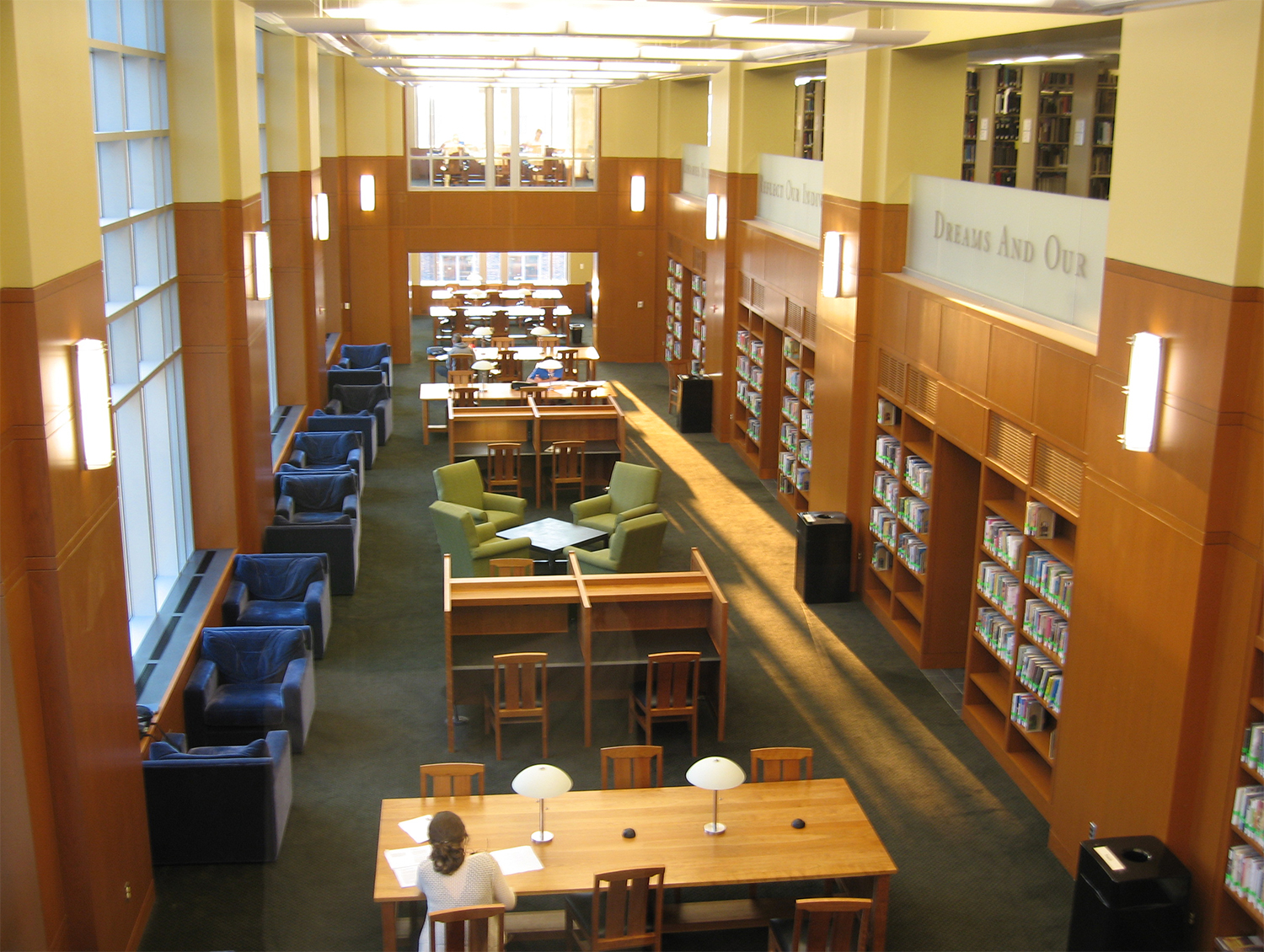
Consistent with the overall diversity of American higher education, these schools are found in all geographical areas of the countryEast Coast, West Coast, Midwest, and Southand have a wide variety of missions. Wellesley is the preeminent womens college in the country, and MIT the top engineering school. Chicago, Duke, and Stanford are similar in size to many of the Ivies and have overlapping admissions pools. Six of the schoolsAmherst, Pomona, Swarthmore, Wesleyan, and Williamsare liberal arts colleges that specialize in high-level learning and close relationships between students and faculty members.
So the message to high-performing U.S. students is clear: when it comes to academic excellence, the Ivies are not the only game in town.
THE FORMAT
Each essay covers certain broad subjects in roughly the same order. They are as follows:
Academics
Housing
Campus setting
Food
Student body
Social life
Financial aid
Extracurricular activities
Certain topics are covered in all of the essays. The sections on academics, for example, always discuss the departments (or, in the case of large universities, schools) that are particularly strong or weak, while the sections on housing contain information on whether the dorms are co-ed or single sex and how students get the rooms they want. Other topics, however, such as class size, the need for a car, or the number of volumes in the library, are mentioned only if they constitute a particular strength or weakness at that institution.
We paid particular attention to the effect of the 21-year-old drinking age on campus life. Also, we noted efforts that schools administrations have been making to change or improve the social and residential life on campuses through such measures as creating learning communities, restricting fraternities, and constructing new recreational facilities.
RATINGS
Much of the fierce controversy that greeted the first edition of the Fiske Guide to Colleges three decades ago revolved around its unique system of rating colleges in three areas: academics, social life, and quality of life. In each case, the ratings are done on a system of one to five, with three considered normal for colleges included in the Fiske Guide. If a college receives a rating higher or lower than three in any category, the reasons should be apparent from the narrative description of that college.
Students and parents should keep in mind that these ratings are obviously general in nature and inherently subjective. No complex institution can be described in terms of a single number or other symbol, and different people will have different views of how various institutions should be rated in the three categories. They should not be viewed as either precise or infallible judgments about any given college. On the other hand, the ratings are a helpful tool in using this book. The core of the Fiske Guide is the essays on each of the colleges, and the ratings represent a summaryan index, if you willof these write-ups. Our hope is that each student, having decided on the kind of configuration that suits his or her needs, will then thumb through the book looking for other institutions with a similar set of ratings. The three categories, defined as follows, are academics, social life, and quality of life.
Academics

This is a judgment about the overall academic climate of the institution, including its reputation in the academic world, the quality of the faculty, the level of teaching and research, the academic ability of students, the quality of libraries and other facilities, and the level of academic seriousness among students and faculty members. Although the same basic criteria have been applied to all institutions, it should be evident that an outstanding small liberal arts college will by definition differ significantly from an outstanding major public university. No one would expect the former to have massive library facilities, but one would look for a high quality faculty that combines research with a good deal of attention to the individual needs of students. Likewise, public universities, because of their implicit commitment to serving a broad cross section of society, might have a broader range of curriculum offerings but somewhat lower average SAT scores than a large private counterpart. Readers may find the ratings most useful when comparing colleges and universities of the same type.
In general, an academics rating of three pens suggests that the institution is a solid one that easily meets the criteria for inclusion in a guide devoted to the top 10 percent of colleges and universities in the nation.
An academics rating of four pens suggests that the institution is above average even by these standards and that it has some particularly distinguishing academic feature, such as especially rich course offerings or an especially serious academic atmosphere.
A rating of five pens for academics indicates that the college or university is among the handful of top institutions of its type in the nation on a broad variety of criteria. Those in the private sector will normally attract students with combined SAT scores of at least 1300 on Critical Reading and Math, and those in the public sector are invariably magnets for the top students in their states. All can be assumed to have outstanding faculties and other academic resources.
In response to the suggestion that the range of colleges within a single category has been too broad, we have introduced some half-steps into the ratings.

